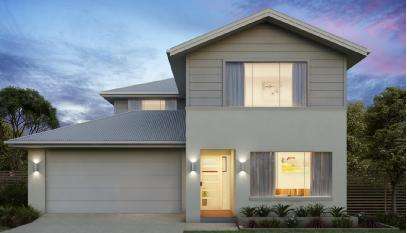Copyright:Pear Real Estate

Major Australian cities have continued their stable and stable price growth over the past 60 years. Prices have continued to rise in the past 12 months, as Australian banks have restricted the purchase of home loans by overseas investors. In different regions, the difference in house prices varies greatly. The main factors affecting residential prices in the region are employment opportunities and the activity of the second-hand housing market.
For employment, the first thing that everyone thinks of is the two most famous capital cities in the world, Sydney and Melbourne. Sydney is the heart of Australia's economy, transportation, trade and culture. It has the largest seaport in the country, with a well-developed rail network and road network connected to the vast mainland. The huge employment opportunities and talent market have attracted immigrants from all over the world and other cities in the country. With the increase of population, the strong demand for housing has driven the price of the residential market to climb. Although the Gold Coast and Brisbane City are mainly tourist resorts, the population growth rate of these areas is higher than that of Sydney and Melbourne. After four years of silence, house prices are poised for growth.
Another basis for judging the pros and cons of the market is the activity of second-hand housing transactions. In Sydney and Melbourne, Australia, the average household moves every 2.8 years, on the one hand, the change in professional pursuits, and the changing habits and traditions that Australians choose. In fact, many Australian families use real estate as a long-term investment. The constant influx of immigrants has greatly increased housing demand. Due to the limited annual supply of new houses, the annual new commercial housing can not keep up with the increase in effective demand, and the long-term housing supply is insufficient, which makes the housing market transaction very active. At the same time, the government's housing policy encourages people to invest in loans and consume in advance. The rise in housing prices is naturally reasonable. .
According to data from real estate research firm CoreLogic, the number of Sydney home auctions fell by 18% in the third quarter of last year compared to the second quarter of last year. In the peak season of the annual housing auction, the number of auction houses declined, which means the market has cooled down, many properties. The holder is on the sidelines.
Throughout the third quarter of 2017, house prices across Australia rose by an average of 0.5%, the lowest level since the second quarter of 2016. In terms of annual rate, house prices across Australia rose by 8.0% year-on-year, the same level since February 2017. Although house prices continue to rise, the growth rate has slowed significantly compared to the past.




